27 Captivating Cephalophyllum Succulent Varieties You Need to See
If you’re a succulent enthusiast or simply appreciate the unique beauty of these resilient plants, you’re in for a real treat. Get ready to embark on a captivating journey through the diverse realm of Cephalophyllum succulents, where each variety boasts its own mesmerizing charm. From vibrant hues to intricate textures, these remarkable plants will leave you spellbound and eager to add them to your collection.
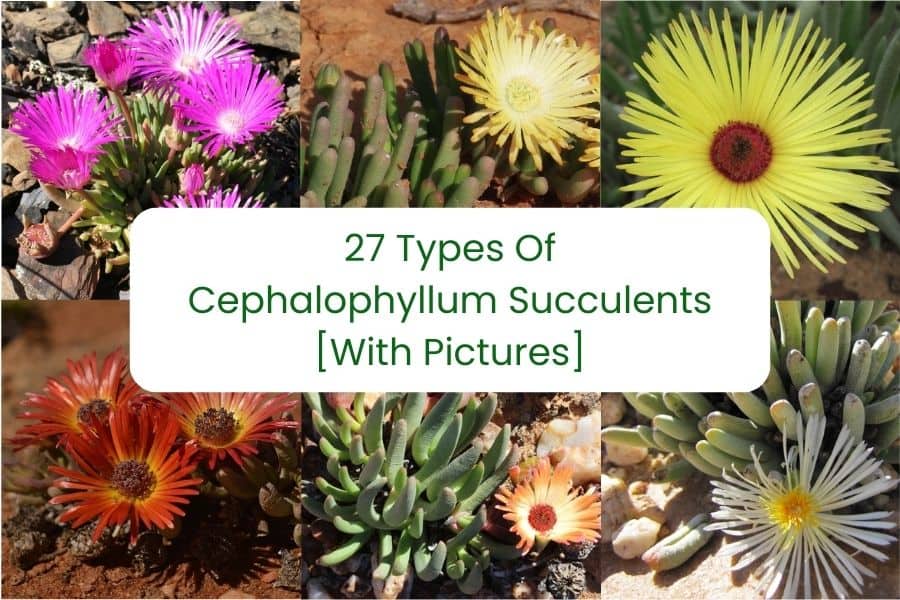
Contents
- 1 What are Cephalophyllum Succulents?
- 2 27 Types of Cephalophyllum Succulents
- 2.1 Cephalophyllum alstonii
- 2.2 Cephalophyllum caespitosum
- 2.3 Cephalophyllum corniculatum
- 2.4 Cephalophyllum curtophyllum (Sickle Starfig)
- 2.5 Cephalophyllum diversiphyllum (Variable Starfig)
- 2.6 Cephalophyllum ebracteatum
- 2.7 Cephalophyllum framesii
- 2.8 Cephalophyllum fulleri
- 2.9 Cephalophyllum goodii
- 2.10 Cephalophyllum griseum
- 2.11 Cephalophyllum herrei
- 2.12 Cephalophyllum inaequale
- 2.13 Cephalophyllum loreum (Thong Starfig)
- 2.14 Cephalophyllum niveum
- 2.15 Cephalophyllum numeesense
- 2.16 Cephalophyllum parviflorum (Tygerberg Trailing Vygie)
- 2.17 Cephalophyllum pillansii (Redcentre Starfig)
- 2.18 Cephalophyllum pulchellum
- 2.19 Cephalophyllum pulchrum
- 2.20 Cephalophyllum purpureo-album (Fine Starfig)
- 2.21 Cephalophyllum regale
- 2.22 Cephalophyllum rigidum
- 2.23 Cephalophyllum rostellum (Saldanha Starfig)
- 2.24 Cephalophyllum spissum (Dence Starfig)
- 2.25 Cephalophyllum staminodiosum
- 2.26 Cephalophyllum subulatoides
- 2.27 Cephalophyllum tricolorum (Purplecentre Starfig)
- 3 Caring for Your Cephalophyllum Succulents
- 4 Cephalophyllum Plants Propagation Methods
What are Cephalophyllum Succulents?
Cephalophyllum is a genus of flowering plants belonging to the eye-catching ice plant family Aizoaceae. Currently, there are an impressive 36 species within this genus. These perennial succulent plants form low, mat-like formations on the ground and are primarily grown for their showy, attention-grabbing flowers.
27 Types of Cephalophyllum Succulents
Cephalophyllum alstonii
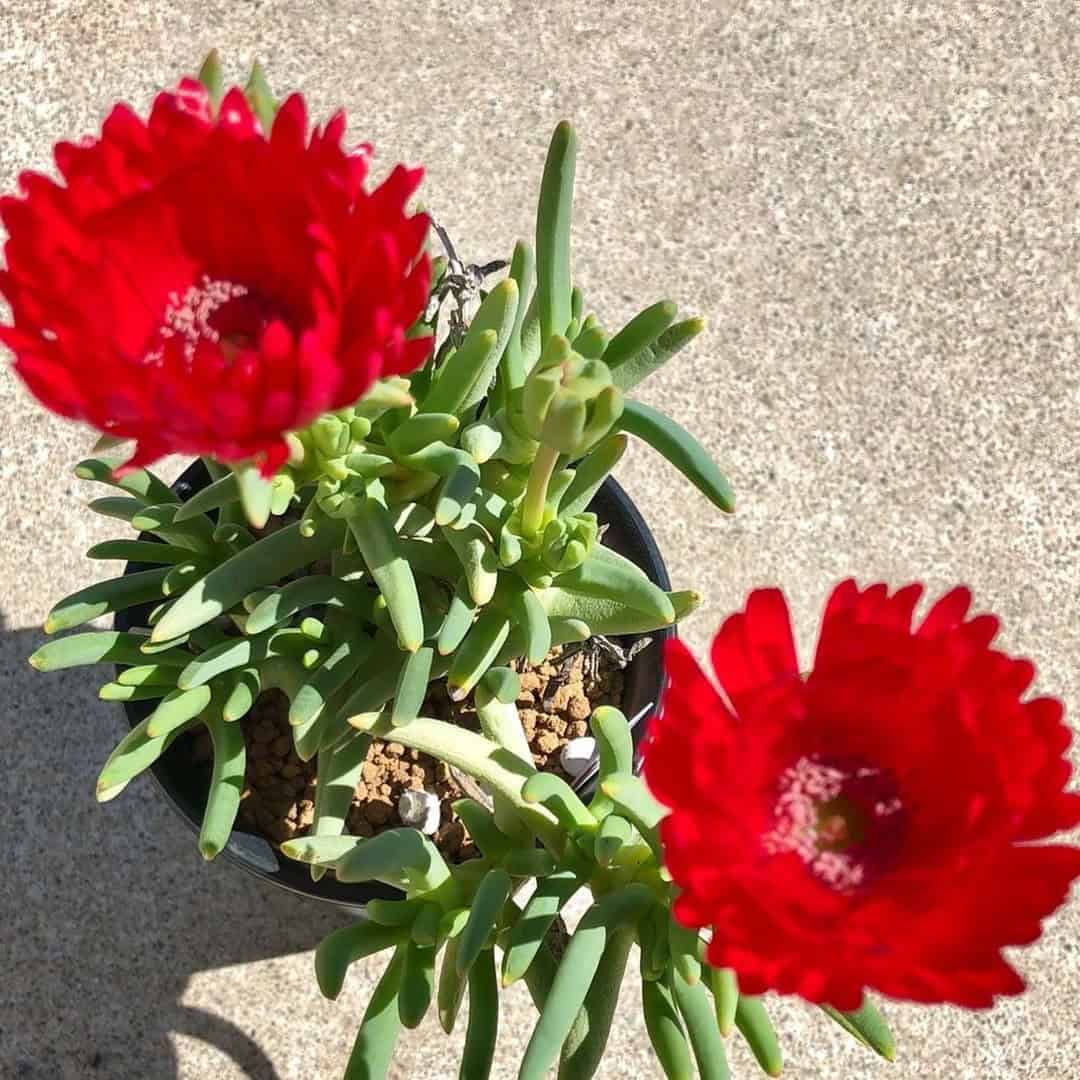
This variety is an absolute must-have for any succulent enthusiast. Cephalophyllum alstonii produces some of the most striking flowers in the Mesembryanthemaceae family, arguably making it the most beautiful “vygie” (a common name for certain succulents) of them all. The flowers boast a vibrant ruby-purple hue, complemented by violet stamens, and can reach an impressive 3-4 inches in diameter – a true showstopper!
Varieties of Cephalophyllum alstonii:
Cephalophyllum Red Spike
Cephalophyllum caespitosum
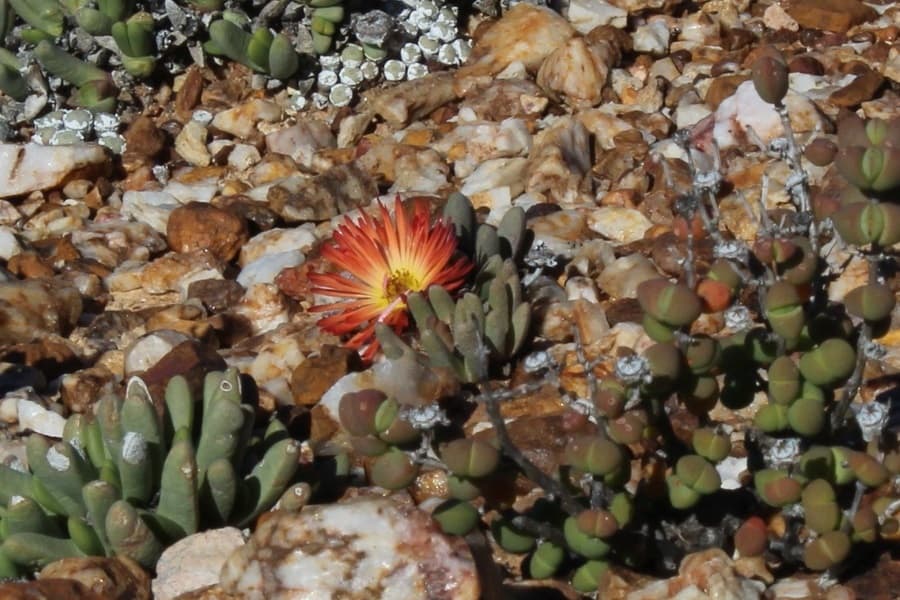
With its somewhat limp foliage and large, many-petaled flowers ranging from salmon to coppery or magenta shades, accented by a paler center, Cephalophyllum caespitosum is a visual delight.
Cephalophyllum corniculatum
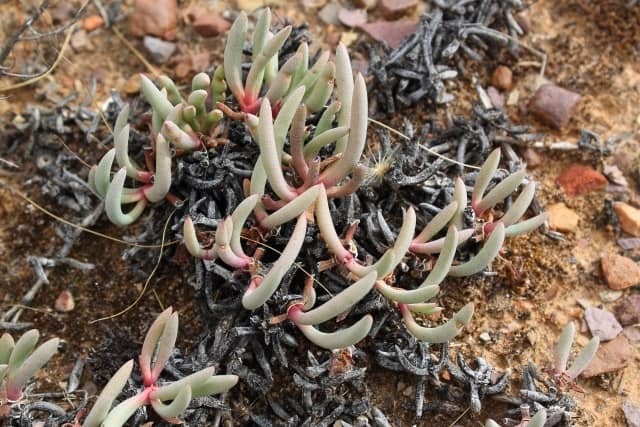
Cephalophyllum curtophyllum (Sickle Starfig)
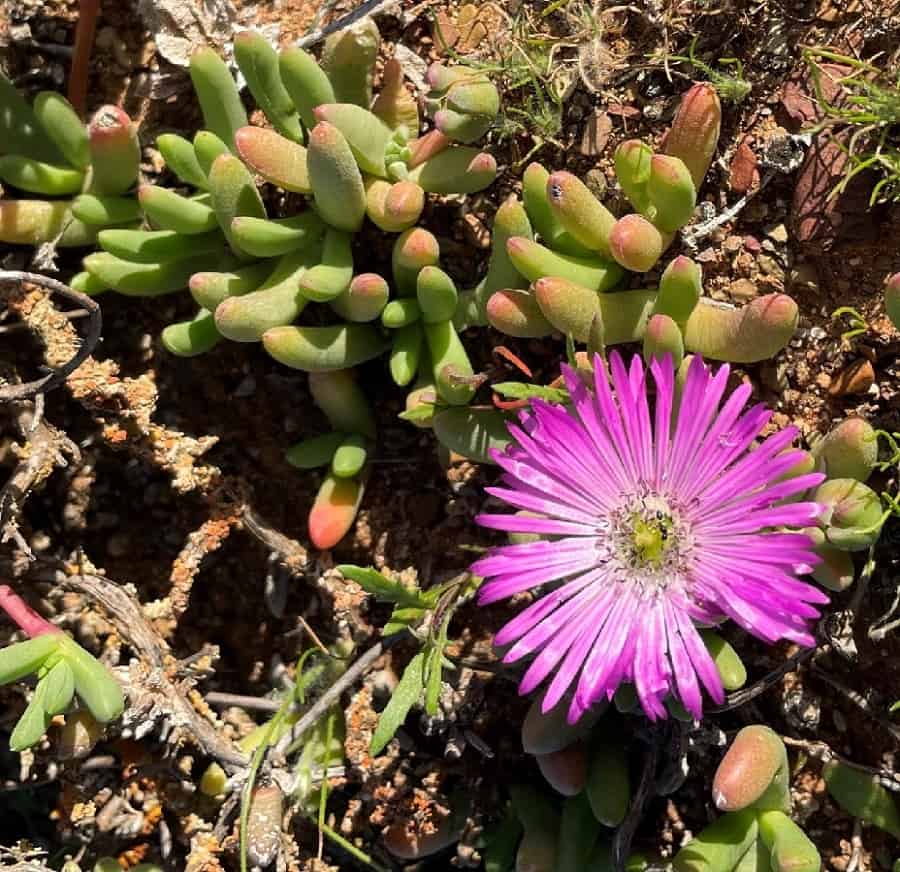
Cephalophyllum diversiphyllum (Variable Starfig)
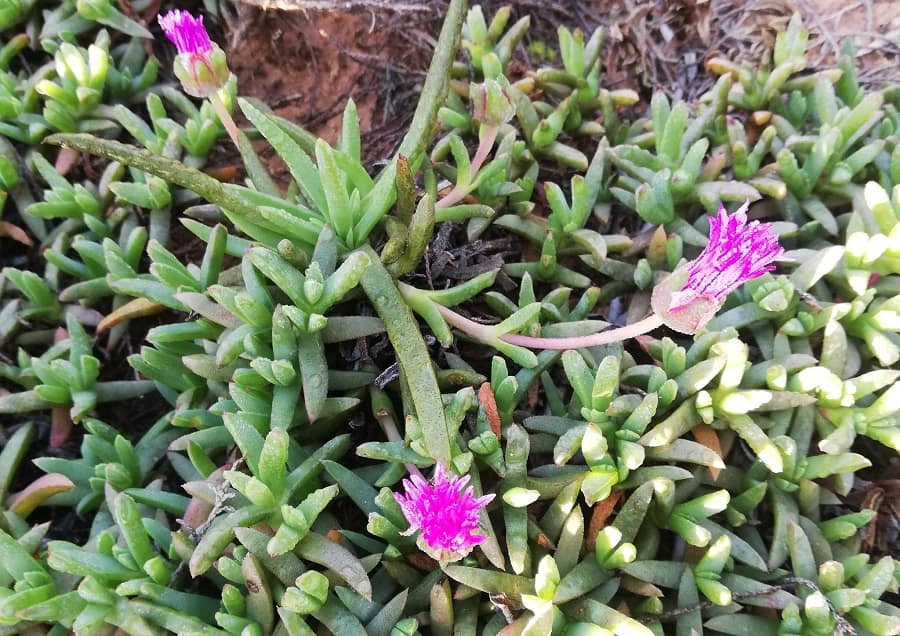
Cephalophyllum ebracteatum
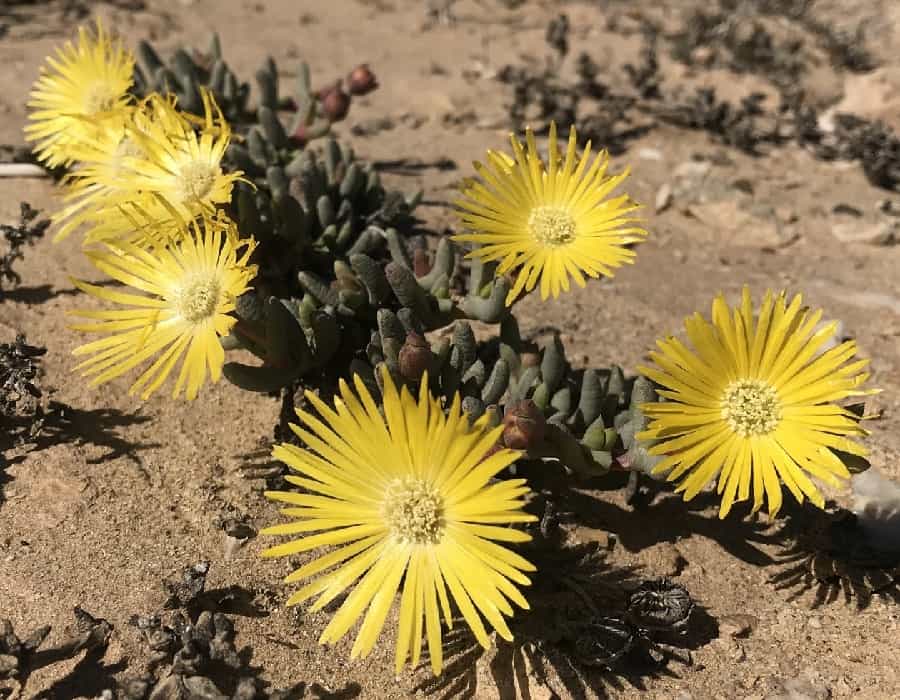
Cephalophyllum framesii
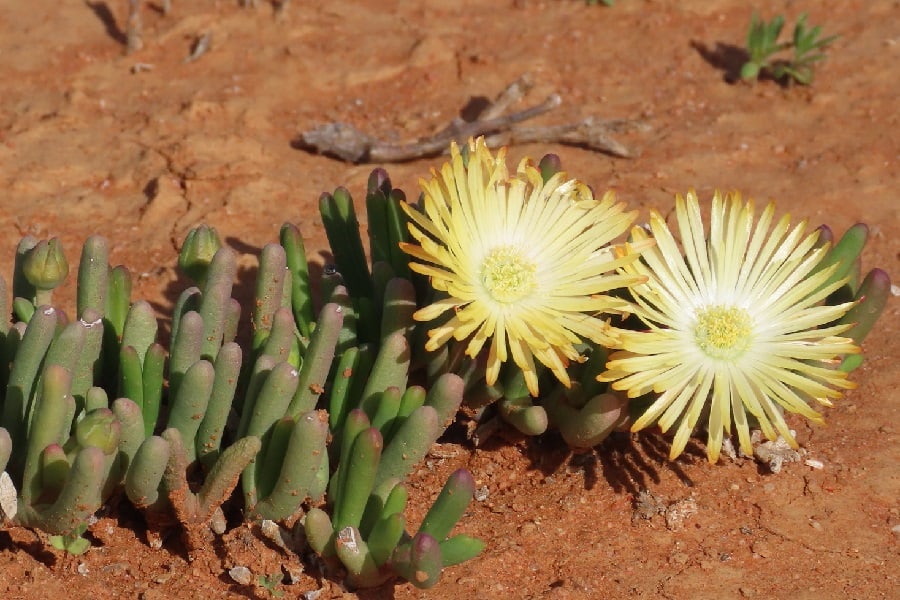
Cephalophyllum fulleri
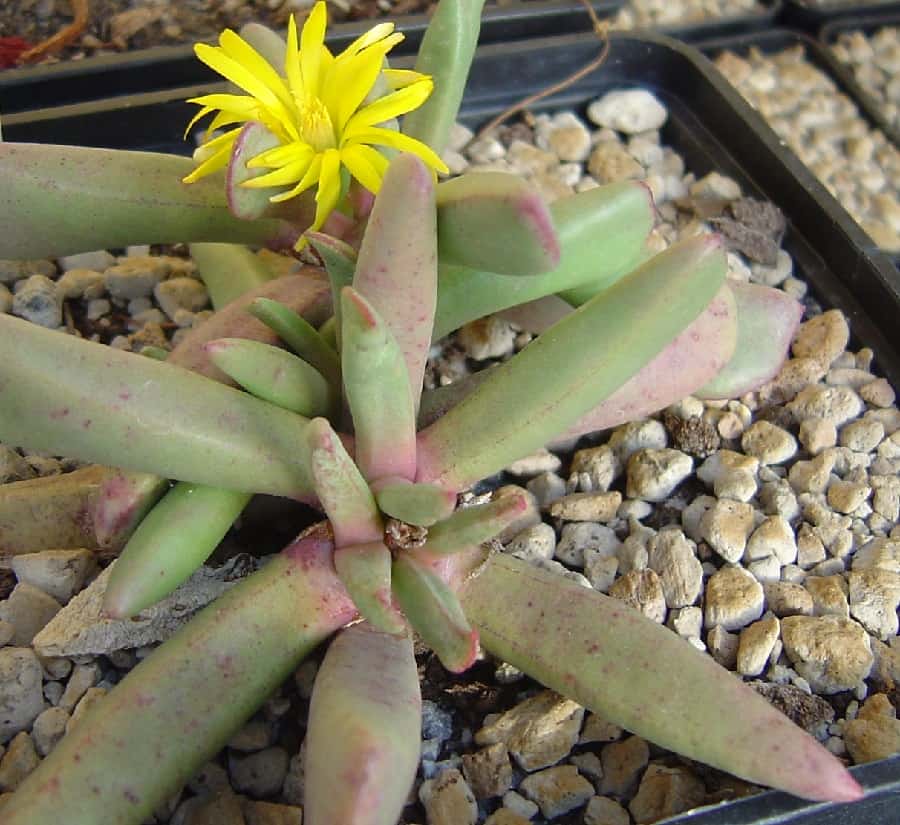
Cephalophyllum goodii
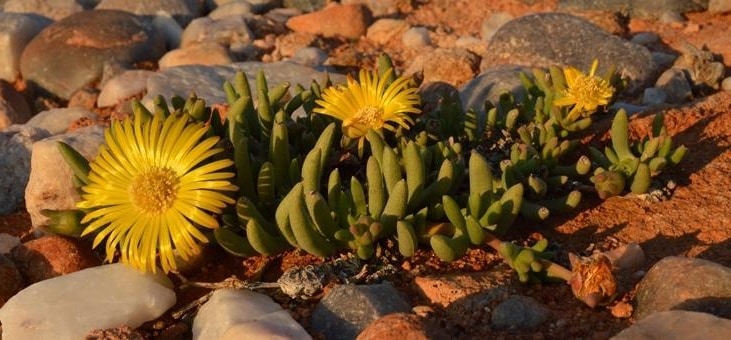
Cephalophyllum griseum
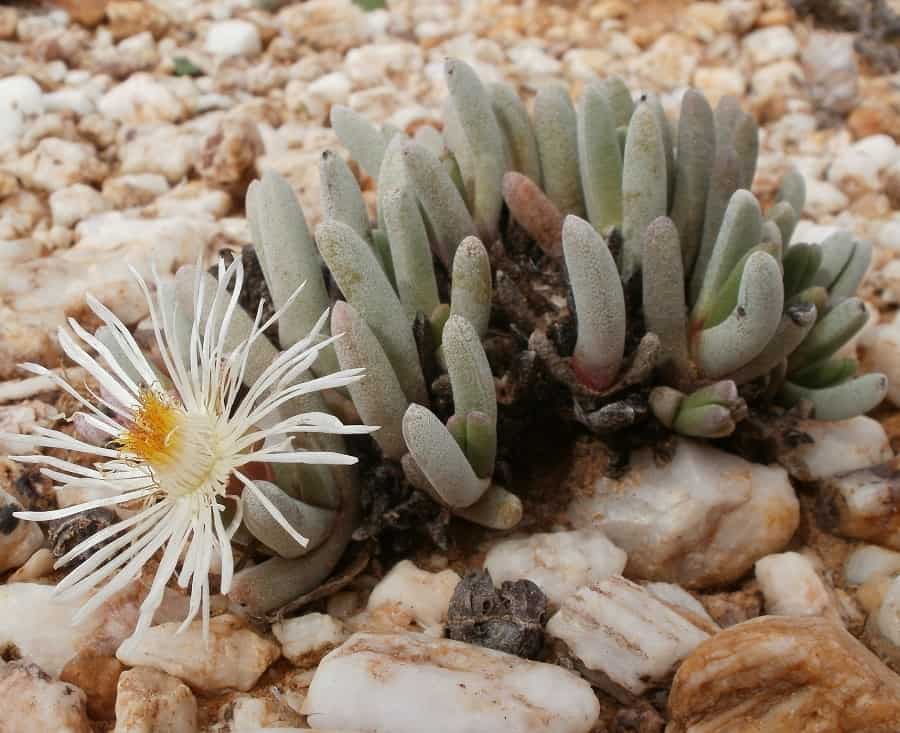
Cephalophyllum herrei
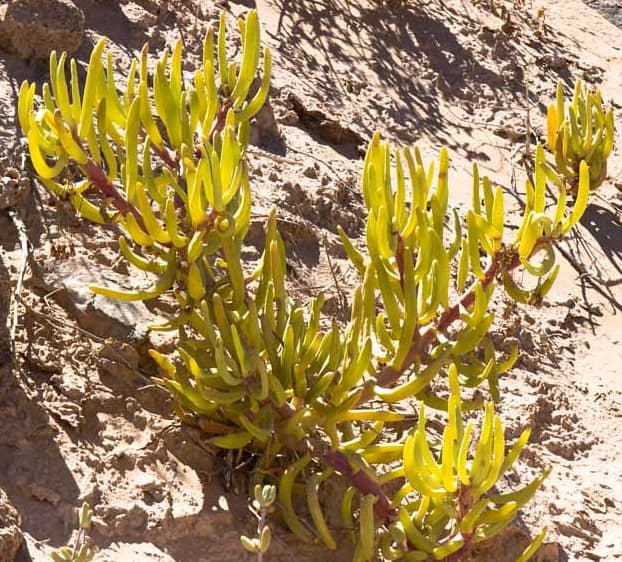
Cephalophyllum inaequale
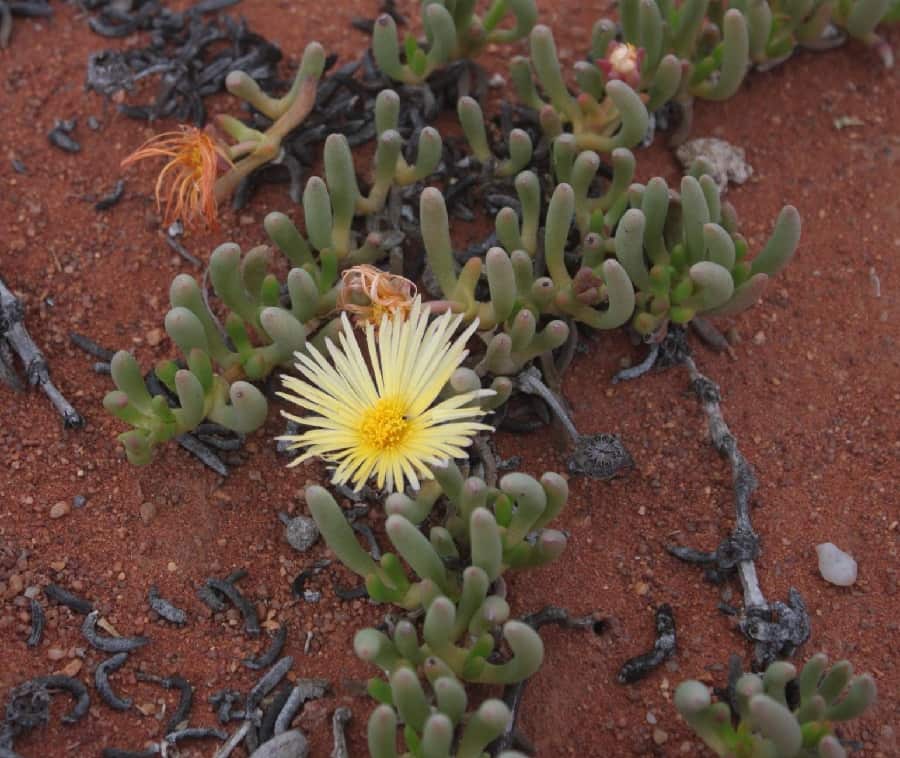
Cephalophyllum loreum (Thong Starfig)
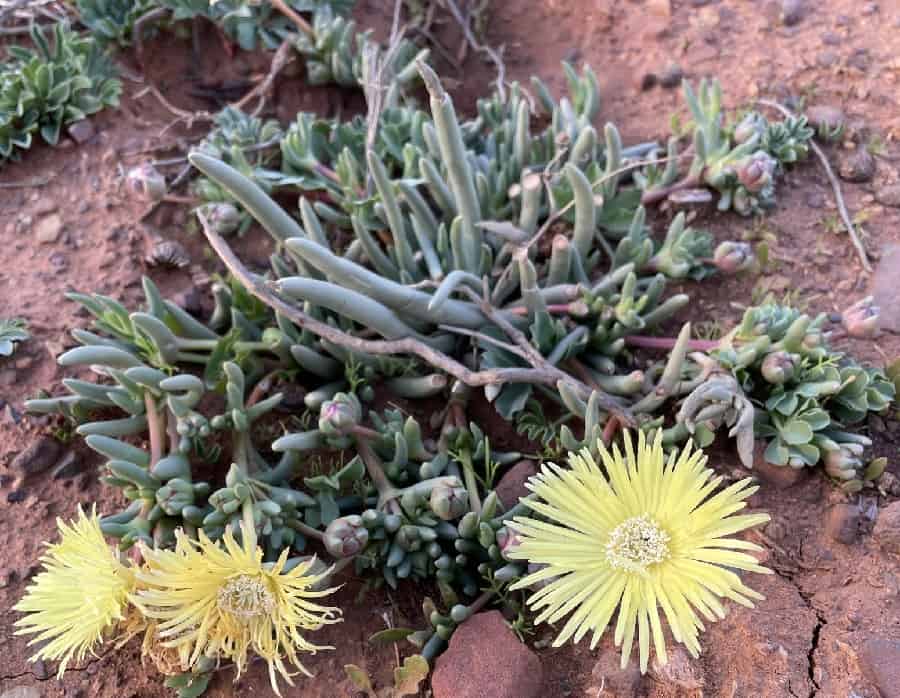
Cephalophyllum niveum
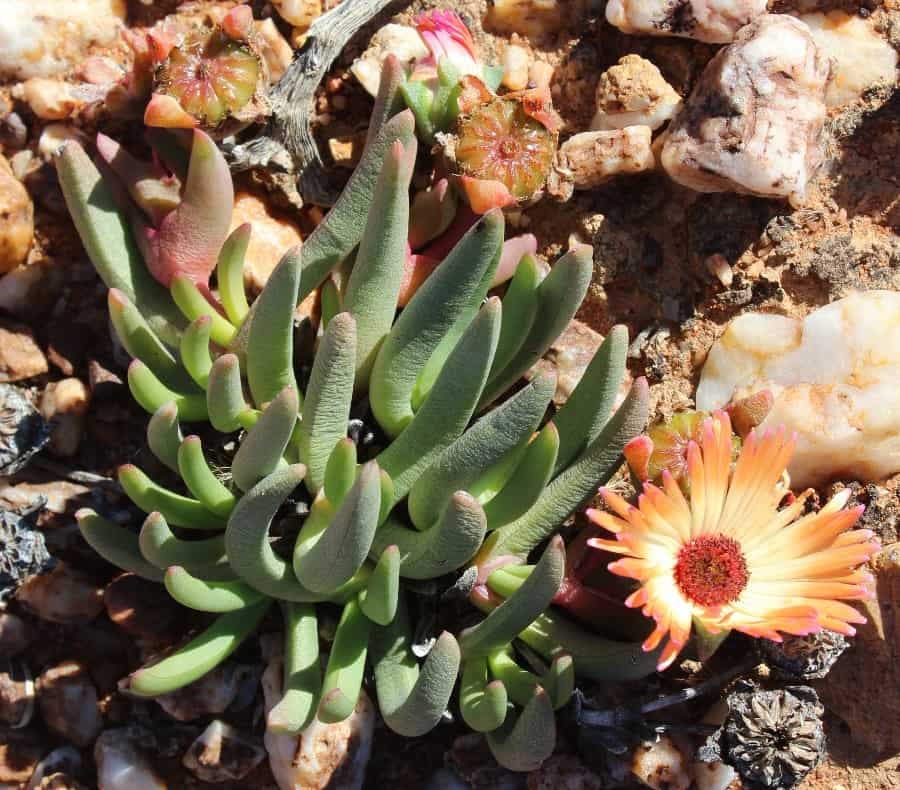
Cephalophyllum numeesense
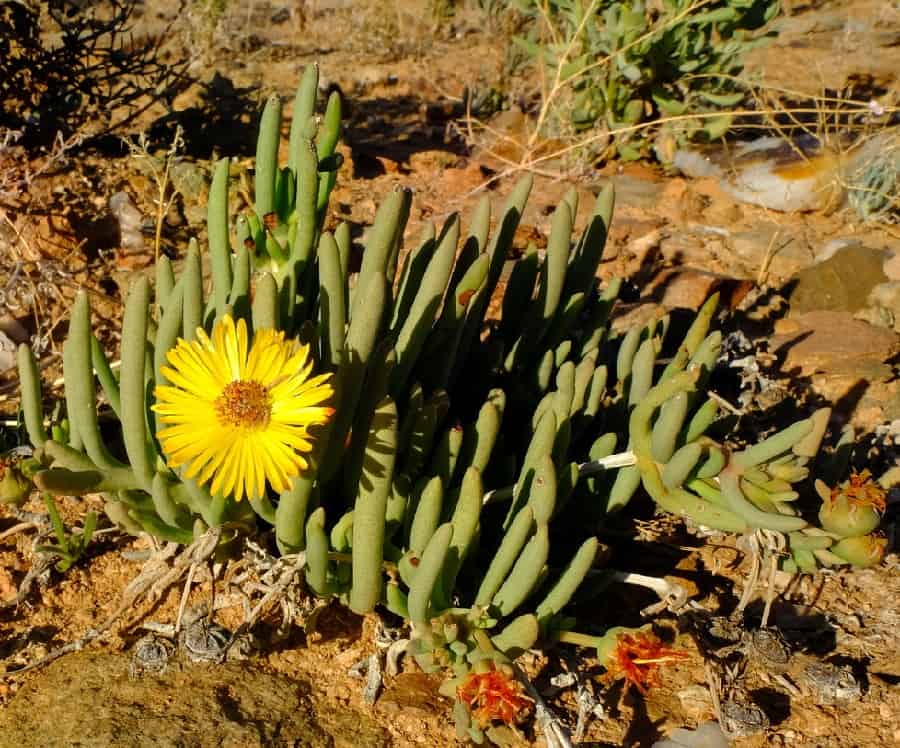
Cephalophyllum parviflorum (Tygerberg Trailing Vygie)
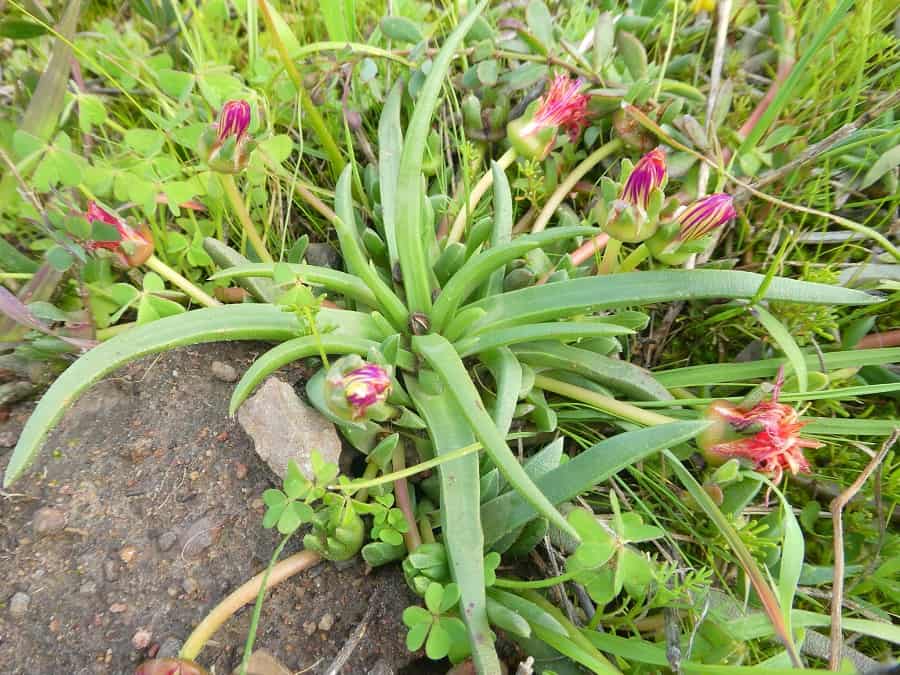
Cephalophyllum pillansii (Redcentre Starfig)
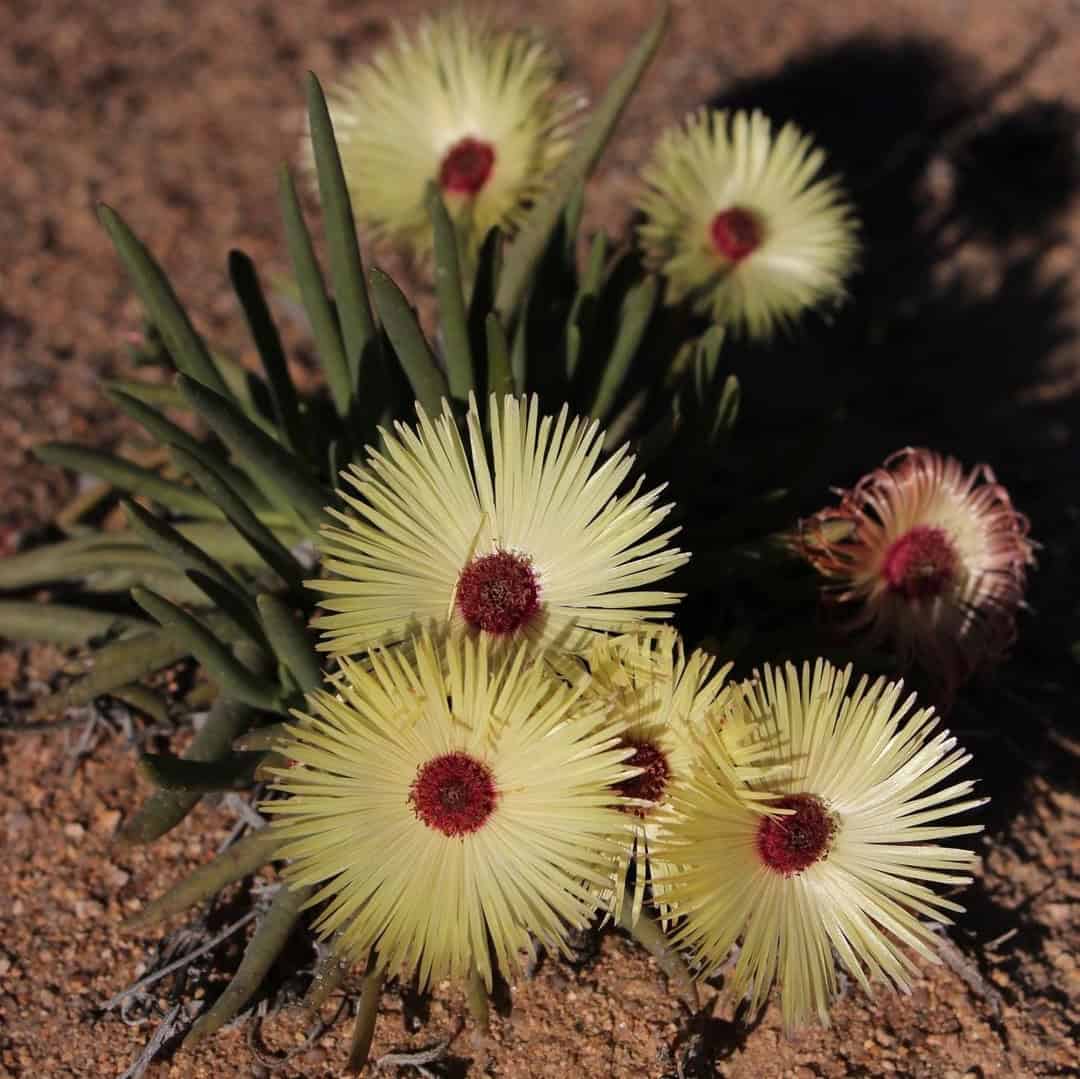
Cephalophyllum pulchellum
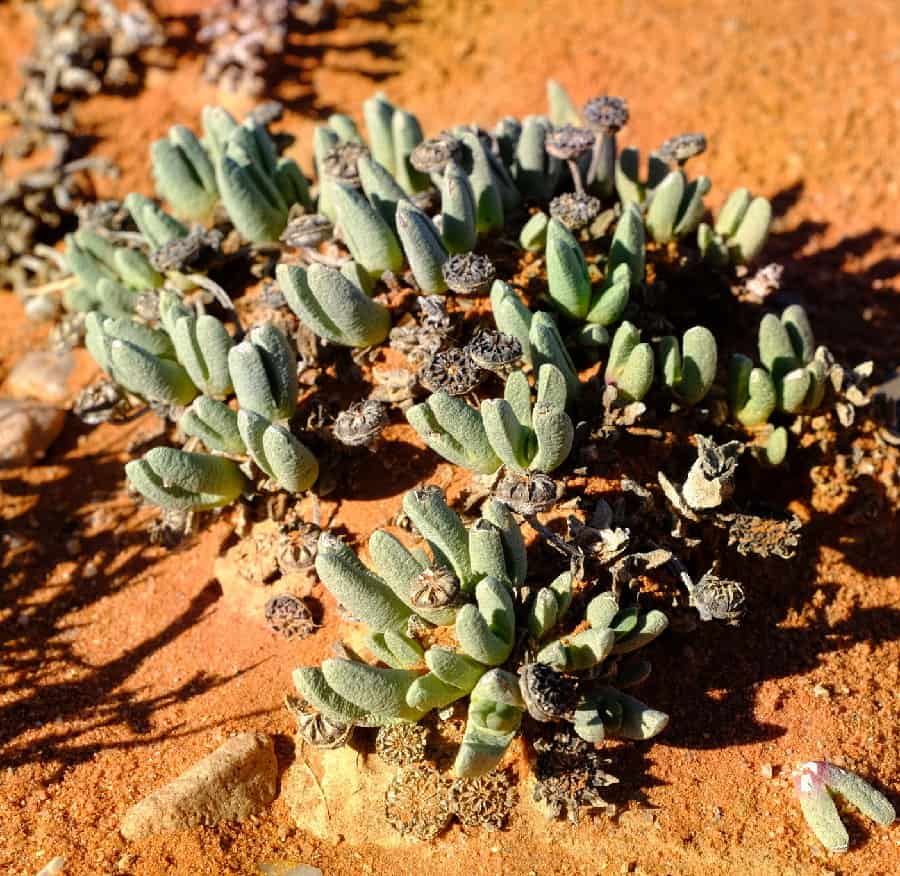
Cephalophyllum pulchrum
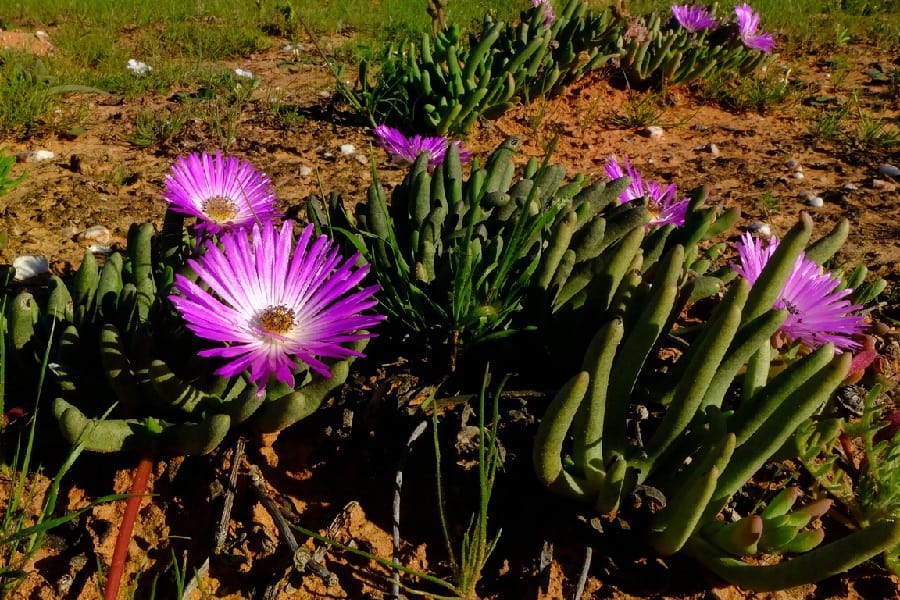
Cephalophyllum purpureo-album (Fine Starfig)
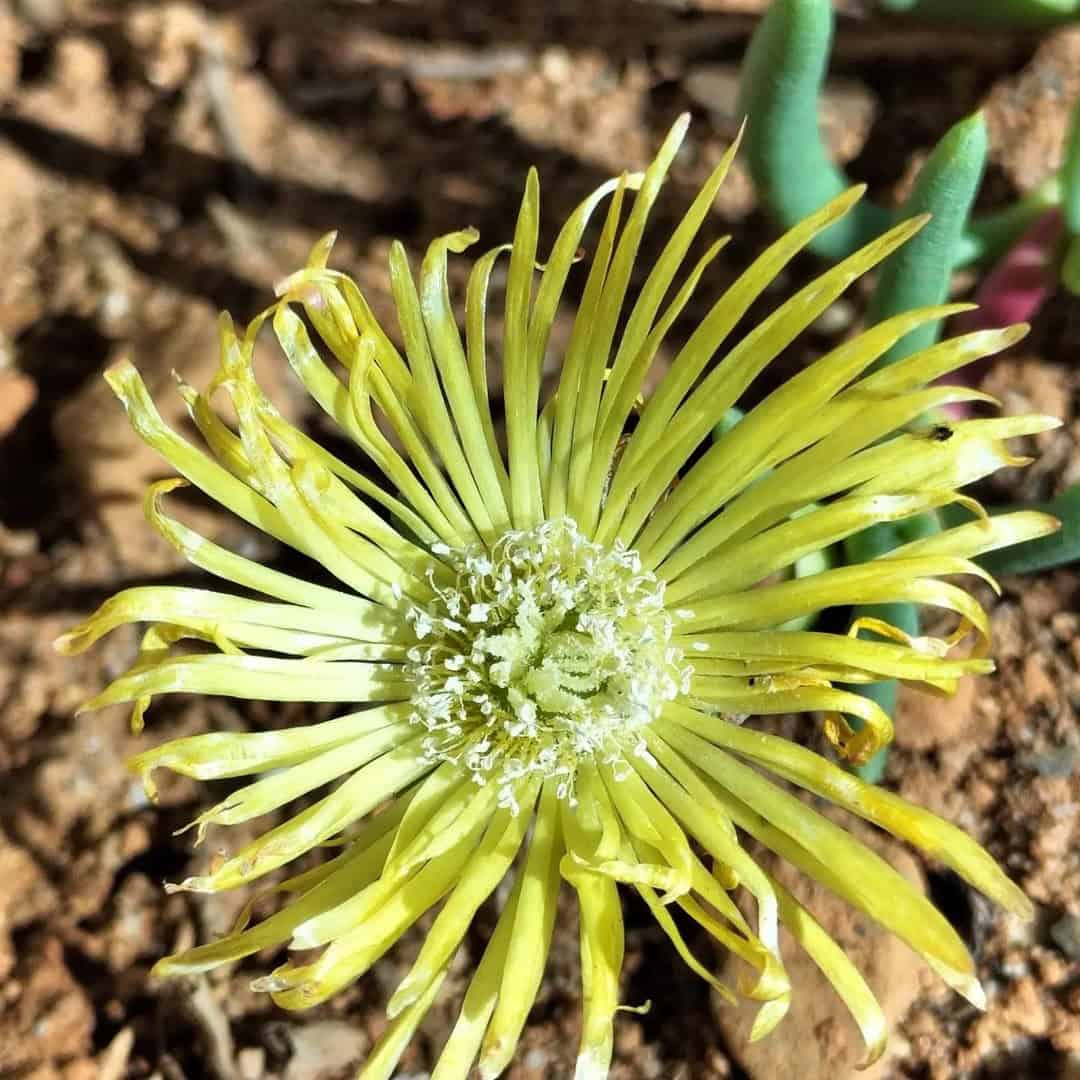
Cephalophyllum regale
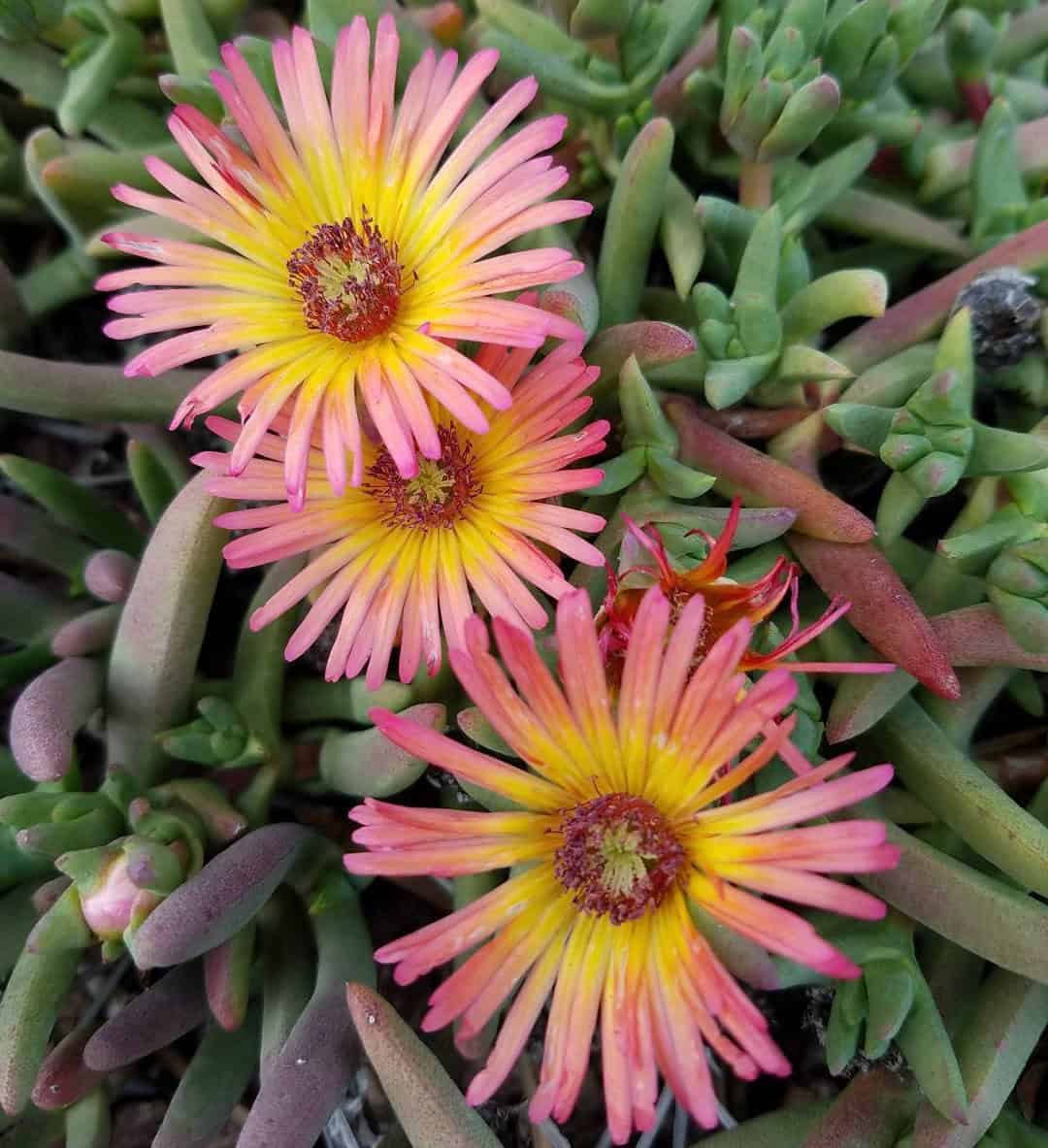
Cephalophyllum rigidum
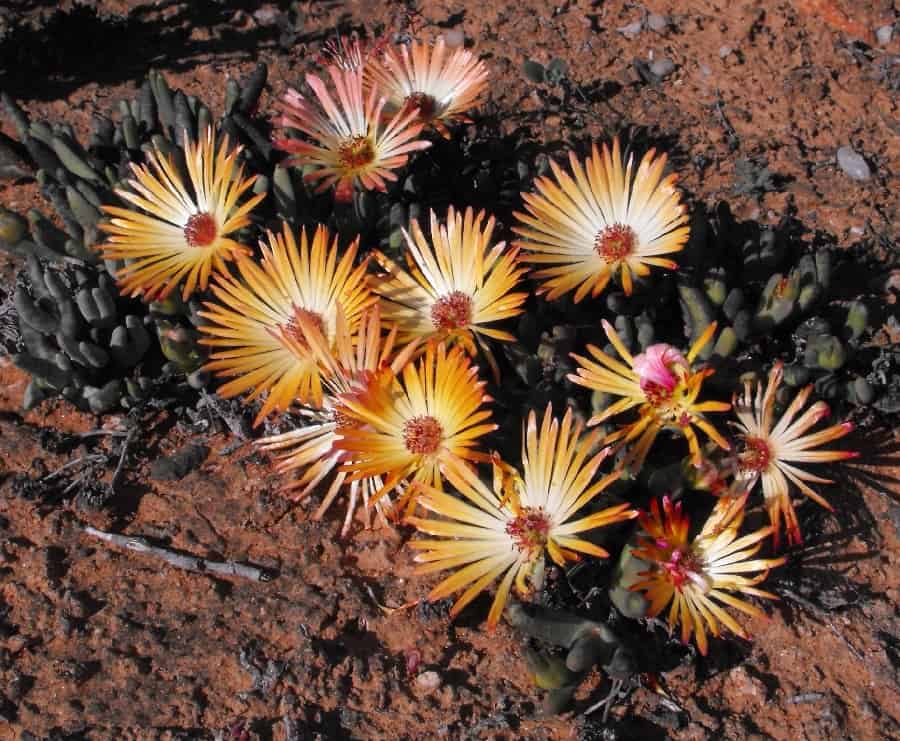
Cephalophyllum rostellum (Saldanha Starfig)

Cephalophyllum spissum (Dence Starfig)
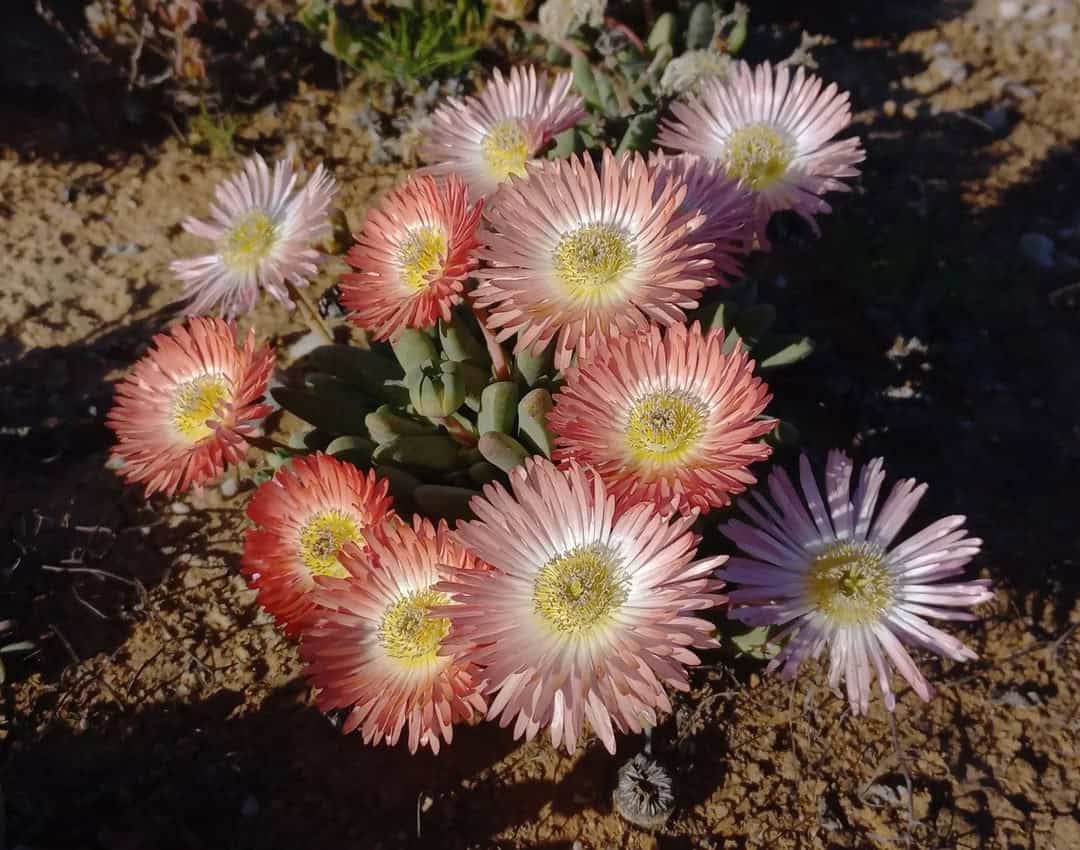
This slow-growing, compact clumper is a true gem. Cephalophyllum spissum boasts chubby, 2-inch long, 3-angled, finger-like, grayish-green leaves that display an interesting characteristic called anisophylly when young (having the leaves of a pair differing in shape and size). But what really sets this variety apart are its showy, nearly 1.5-inch wide flowers that bloom twice a year. These stunning blooms flaunt unusual salmon-rose-colored silky-rayed petals and a showy white center adorned with colorful anthers.
Cephalophyllum staminodiosum
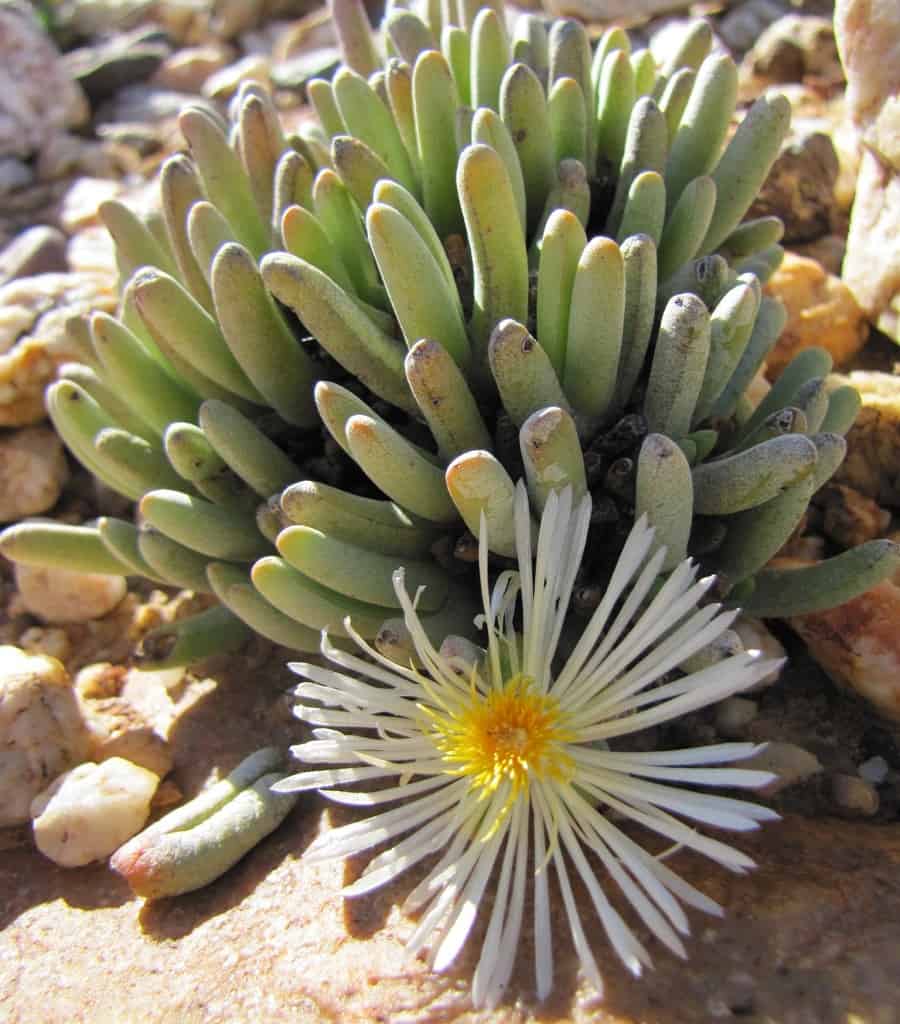
Cephalophyllum subulatoides
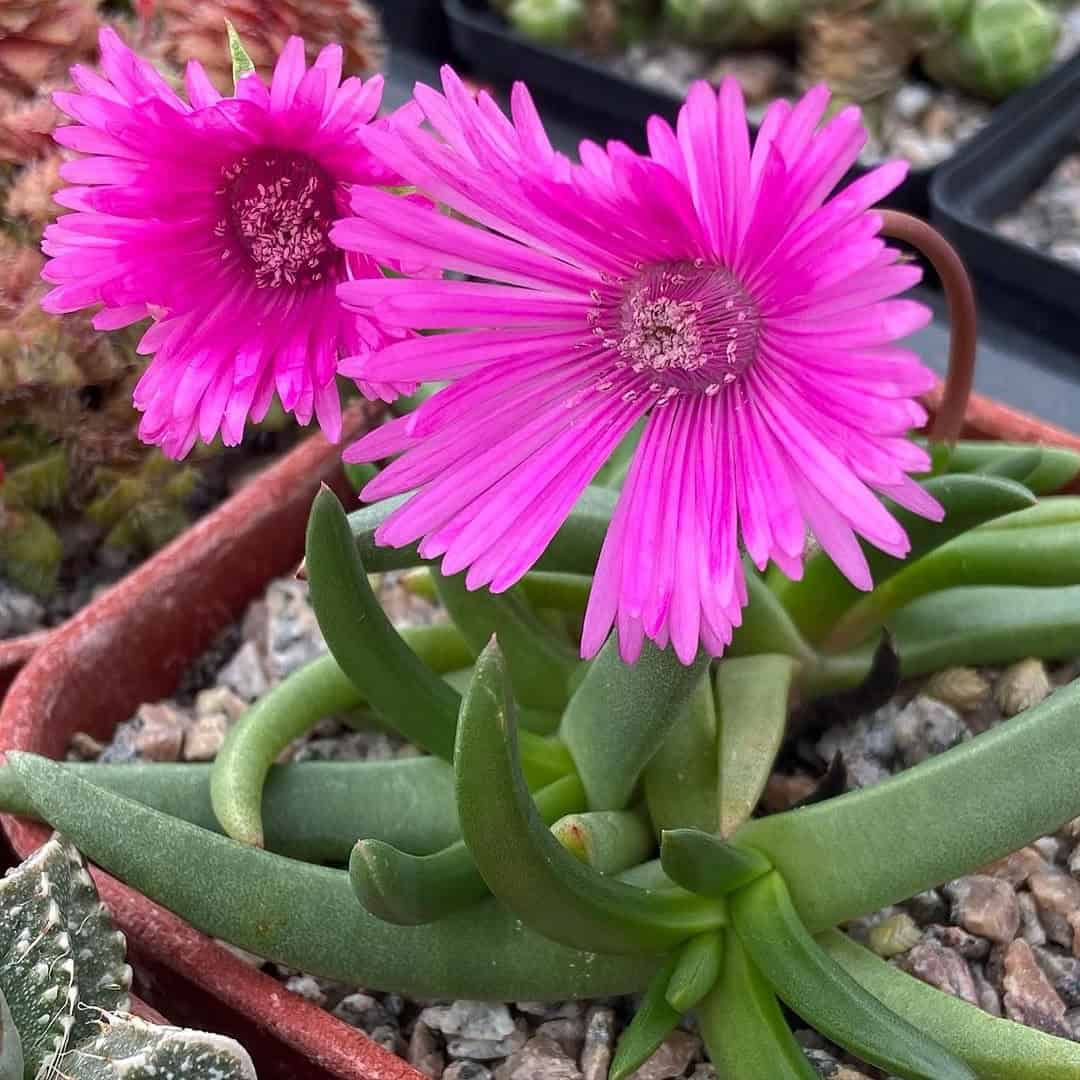
Cephalophyllum tricolorum (Purplecentre Starfig)
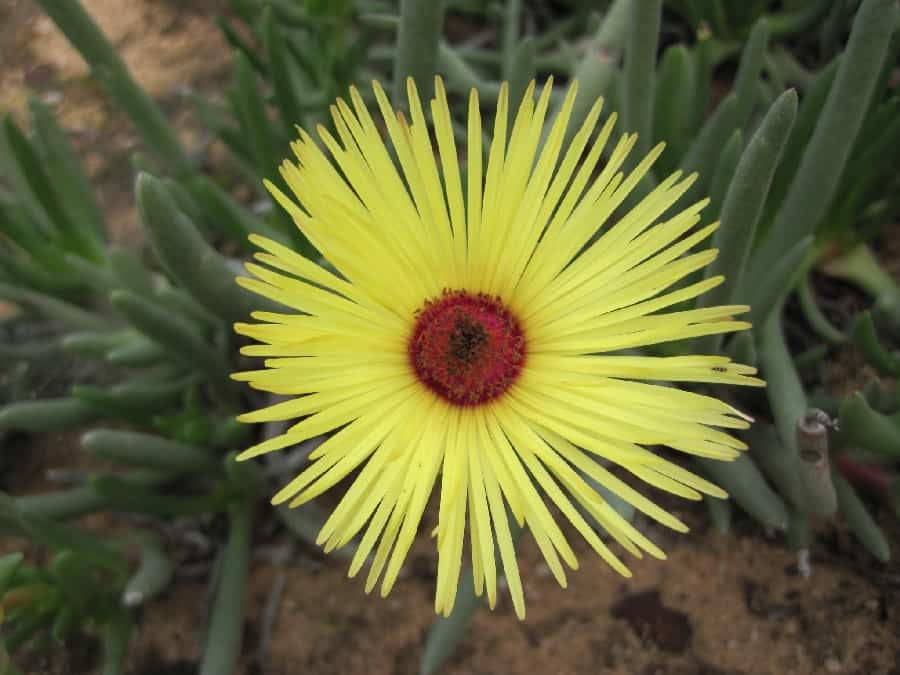
Related Post:
1,000 Types of Succulents [With Pictures]
Caring for Your Cephalophyllum Succulents
Ensuring your Cephalophyllum succulents grow healthy and vibrant is essential, and it requires maintaining a few key care conditions. Let’s dive into the specifics:
Light Requirements
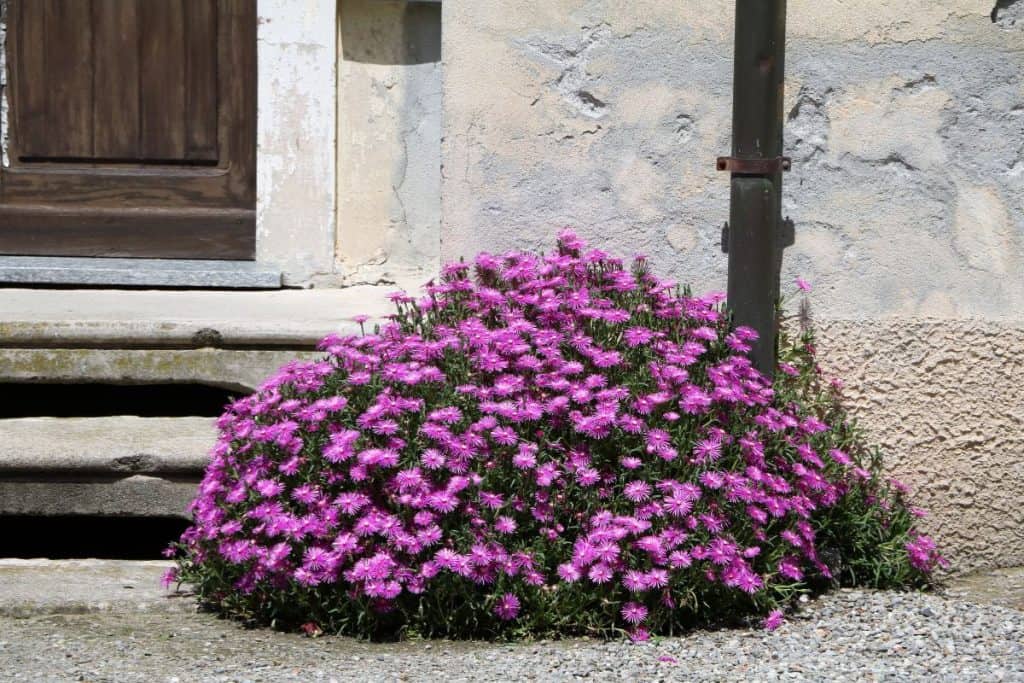
Cephalophyllum succulents thrive in full, bright sunlight, which is essential for their growth and vibrant blooms. If you’re growing them in pots, place them on a balcony or a windowsill that receives several hours of direct sunlight daily. However, during hot summer days when temperatures soar above 90°F (32°C), provide some afternoon shade to prevent sunburn.
If natural sunlight is limited, you can supplement with grow lights. Place the grow light about 6-12 inches above the plants and leave it on for 12-16 hours per day. Adjust the distance and duration as needed based on the plants’ response.
Watering Needs
As succulents, Cephalophyllum plants have thick, fleshy leaves that store water for extended periods, reducing the need for frequent watering. During the growing season (spring and summer), water them deeply every 2-3 weeks, allowing the soil to dry out completely between waterings. In winter, reduce watering to once a month or less, as the plants go dormant.
Soil Preferences
Cephalophyllum succulents thrive in well-draining soil to prevent root rot. Use a commercial succulent soil mix or create your own by combining equal parts potting soil, coarse sand or perlite, and small gravel or pumice. The ideal soil should have a slightly acidic to neutral pH range of 6.1 to 7.8.
Fertilizing
While not heavy feeders, Cephalophyllum plants benefit from occasional fertilization. At the start of the growing season, apply a balanced, water-soluble succulent fertilizer diluted to half strength. Alternatively, you can use an organic fertilizer or compost tea every 2-3 months during the growing season.
Temperature and Humidity
Cephalophyllum succulents are hardy in USDA zones 9-11 and prefer average household temperatures between 65-80°F (18-27°C). They can tolerate low humidity levels but appreciate occasional misting or a pebble tray to increase ambient moisture.
Pests and Problems
With proper care and good air circulation, Cephalophyllum plants are generally pest and disease-free. However, watch out for common succulent pests like mealybugs, spider mites, scale insects, and aphids. If detected, treat with an insecticidal soap or neem oil solution. Root rot and fungal infections can occur due to overwatering or poor drainage.
Pruning
Regular pruning helps maintain the plant’s shape and promotes new growth. Prune off any dead, damaged, or stretched-out stems during the growing season. Additionally, remove spent flowers to encourage re-blooming.
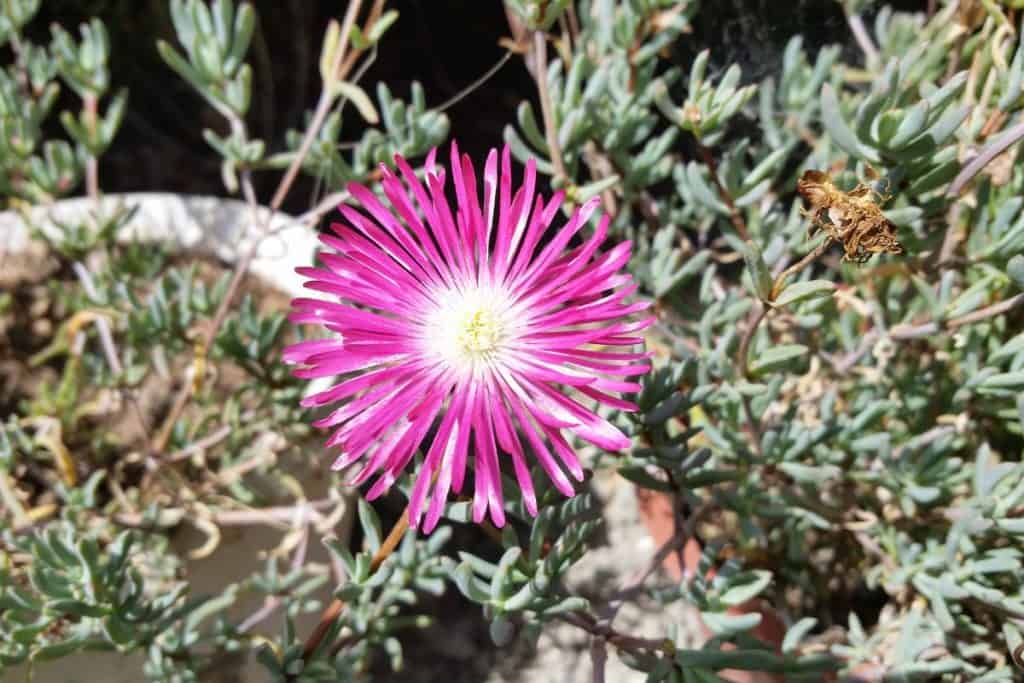
Potting and Repotting
Cephalophyllum succulents are fast growers and may need repotting every 2-3 years. Signs that it’s time to repot include roots growing out of the drainage holes or slowed growth. Use a well-draining potting mix and a container with drainage holes to prevent soggy soil.
Cephalophyllum Plants Propagation Methods
Propagating Cephalophyllum succulents is easy and rewarding, allowing you to expand your collection or share with friends. Here are the step-by-step instructions for propagating from seeds or stem cuttings:
From Seeds:
- Prepare a seed tray with well-draining succulent soil mix
- Sow seeds on the surface and cover with a thin layer of sand or soil
- Keep the tray moist but not waterlogged
- Once germinated (1-2 weeks), provide bright light and allow soil to dry between waterings
- Transplant seedlings into individual pots once they develop true leaves
From Stem Cuttings:
- Use a sharp, sterile knife or pruners to take 3-4 inch stem cuttings from a healthy plant
- Allow cuttings to callus over for a few days
- Fill a well-draining potting mix in a container and make a hole for each cutting
- Optionally, dip cut ends in a rooting hormone to encourage root growth
- Plant cuttings and water sparingly until roots form (4-6 weeks)
- Once rooted, care for new plants as you would an established Cephalophyllum succulent
With their mesmerizing blooms, captivating forms, and easy care, Cephalophyllum succulents make excellent additions to any indoor or outdoor succulent garden. Explore these 27 varieties and find your new favorites today!
